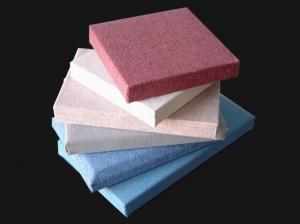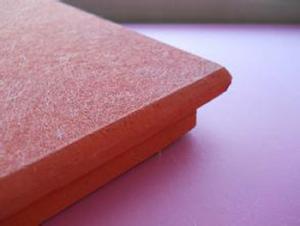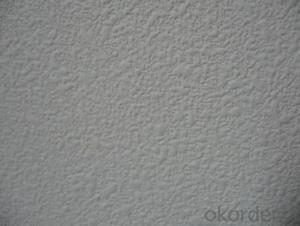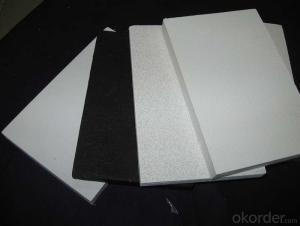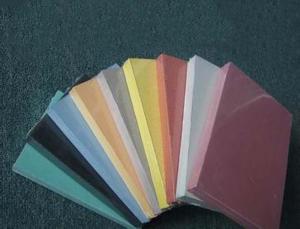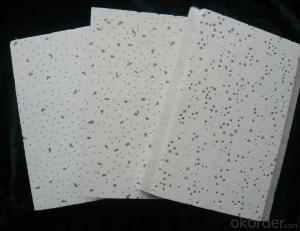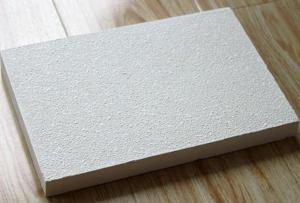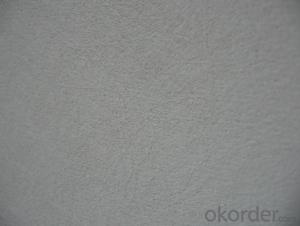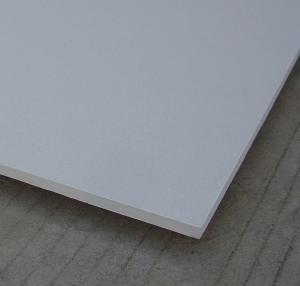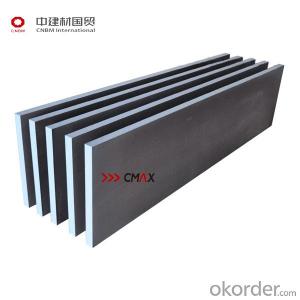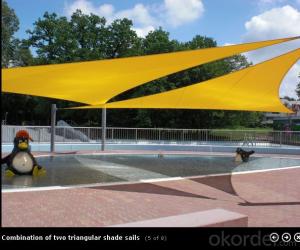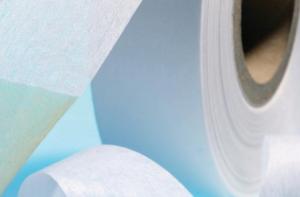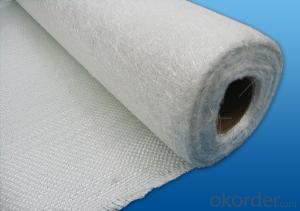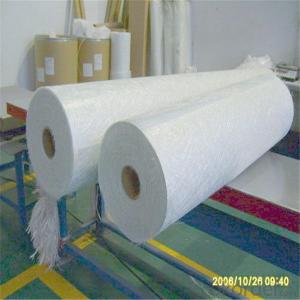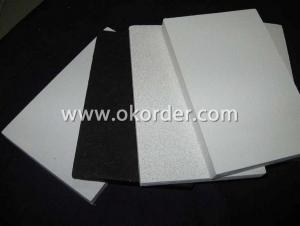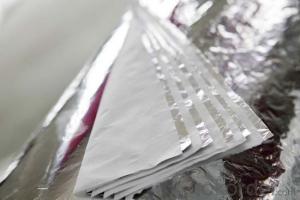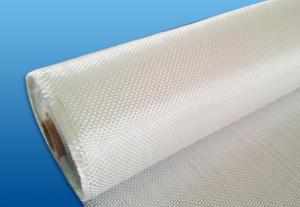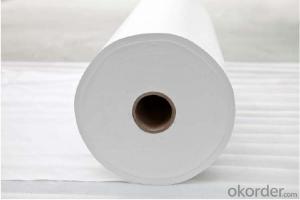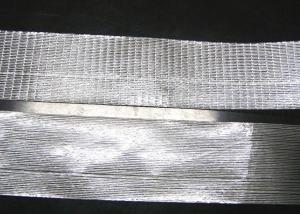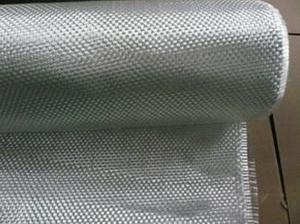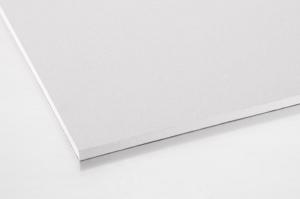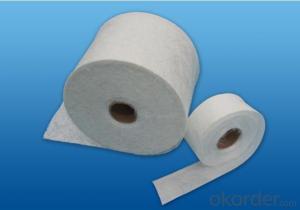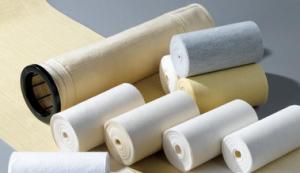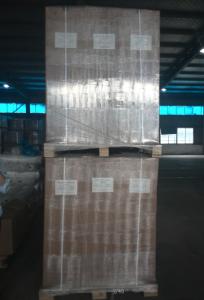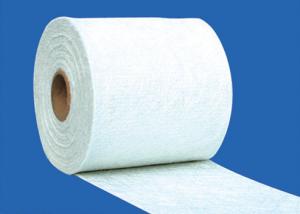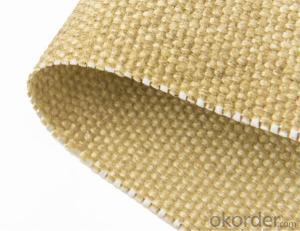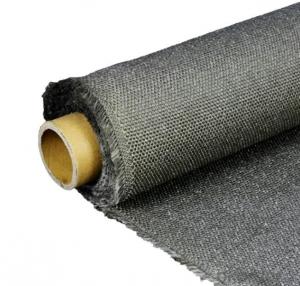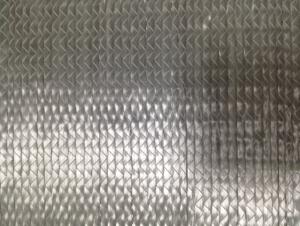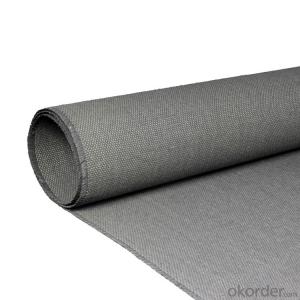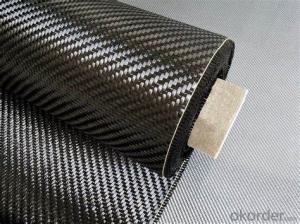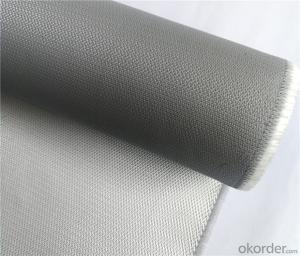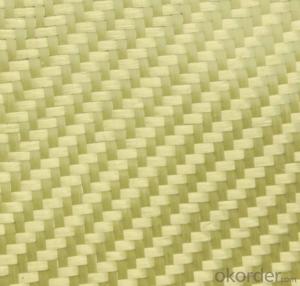Car Fiberglass
Car Fiberglass Related Searches
Led Light Bulbs For Ceiling Fixtures Decorative Ceiling Plate For Light Fixture Ceiling Plate For Hanging Light Fiberglass Sheets For Roofing Track Lights For Kitchen Ceiling Lights For Kitchen Ceiling Lights For Fall Ceiling Spotlight For Ceiling 5 Blade Ceiling Fan With Light 12X12 Ceiling Tiles With HolesHot Searches
Fiberglass Scaffolding For Sale Plastic Roof Tiles For Sale Fiberglass Panels For Sale Fiberglass Greenhouses For Sale Cost Of Concrete Tile Roof Roof Insulation Price Artificial Slate Roof Tiles Price Ceiling Fan Lowest Price Tesla Solar Roof Inverter Types Of Flat Roof Coverings Stone Wall Tiles Cost Company Office Design Ceramic Roof Tiles Cost Metal Roof Tiles Prices Cement Roof Tile Manufacturers Clay Roof Tile Manufacturers Synthetic Roof Tiles Cost Roof Clay Tiles Prices Interlocking Roof Tiles Prices 30 Year Roof Shingles PricesCar Fiberglass Supplier & Manufacturer from China
Okorder.com is a professional Car Fiberglass supplier & manufacturer, offers integrated one-stop services including real-time quoting and online cargo tracking. We are funded by CNBM Group, a Fortune 500 enterprise and the largest Car Fiberglass firm in China.Hot Products
FAQ
- The resistance of fiberglass fabric to saltwater exposure is widely recognized. This is because the fabric is made up of glass fibers, which makes it highly resistant to the corrosive effects of saltwater. Unlike materials like steel or aluminum, fiberglass does not rust or corrode when it comes into contact with saltwater. Saltwater contains high levels of sodium chloride, which can be extremely harmful to many materials. However, fiberglass fabric remains unaffected by this corrosive element. This is because the glass fibers used in fiberglass are chemically inert and do not react with the salt in saltwater. As a result, the fabric maintains its structural integrity, strength, and durability even after prolonged exposure to saltwater. Furthermore, fiberglass fabric also has resistance to other elements commonly found in saltwater, such as seaweed, algae, and marine organisms. These elements often attach themselves to surfaces, causing damage or reducing performance. However, the smooth and non-porous surface of fiberglass fabric makes it challenging for these organisms to adhere. This reduces the need for maintenance and extends the lifespan of the fabric. In conclusion, fiberglass fabric is an excellent option for saltwater exposure due to its ability to resist corrosion and damage from saltwater, as well as its capacity to repel marine organisms. Whether it is used in marine applications like boat hulls, docks, or coastal structures, fiberglass fabric provides a durable and dependable solution for saltwater environments.
- Fiberglass fabric demonstrates excellent chemical stability, making it highly resistant to various chemicals, acids, and alkalis. It does not degrade or react with most chemicals, ensuring its durability and longevity in harsh chemical environments.
- Fiberglass fabric is known for its excellent vibration resistance in automotive applications. Its high tensile strength and flexibility help absorb and dampen vibrations, improving overall vehicle stability and reducing noise. Additionally, the lightweight nature of fiberglass fabric ensures minimal added weight to the vehicle, making it an ideal choice for vibration control without compromising performance.
- No, fiberglass fabric is not suitable for use in food packaging. Fiberglass is made from tiny glass fibers that can easily break off and contaminate the food. These fibers may pose a health risk if ingested. Additionally, fiberglass fabric is not designed to be food-safe and may not meet the necessary standards for food packaging materials. It is important to choose packaging materials that are specifically designed and approved for food contact to ensure the safety and quality of the packaged food.
- The resistance of fiberglass fabric to mold and mildew growth is primarily due to its composition and properties. Unlike organic materials like cotton or wool, fiberglass is made from inorganic materials, specifically glass fibers that are tightly woven together to create a strong and durable fabric. One of the main reasons for fiberglass fabric's resistance to mold and mildew is its non-porous nature. Mold and mildew thrive in damp environments and organic materials provide them with a suitable food source. However, fiberglass fabric does not absorb moisture, making it difficult for mold and mildew to grow. Additionally, the smooth surface of fiberglass fabric lacks crevices or areas for mold spores to settle and grow. Moreover, during the manufacturing process, fiberglass fabric is often treated with a special coating that adds an extra layer of protection against mold and mildew. This coating acts as a barrier, preventing moisture from penetrating the fabric and inhibiting the growth of mold and mildew. Nevertheless, it is important to note that while fiberglass fabric is highly resistant to mold and mildew, it is not completely immune. If the fabric is exposed to prolonged periods of high humidity or damp conditions, there is still a slight possibility for mold and mildew to develop. Regular cleaning and maintenance, along with keeping the fabric dry and well-ventilated, can help prevent any potential growth. In conclusion, the non-porous nature, smooth surface, and often applied protective coating of fiberglass fabric make it an excellent choice for environments where mold and mildew resistance is a concern. Its resistance to these types of growths contributes to its longevity and durability, making it a preferred material for insulation, protective clothing, and construction materials, among other applications.
- While fiberglass fabric can indeed be used for creating backpacks and bags, it does not rank as the most prevalent or favored material. Renowned for its robustness, endurance, and fire resistance, fiberglass fabric proves to be an excellent option for applications that necessitate these qualities. Nevertheless, it may lack the flexibility and lightweight nature commonly found in backpacks and bags fashioned from polyester or nylon, materials more frequently utilized for this purpose. Moreover, fiberglass fabric tends to be pricier and less skin-friendly. In addition, precautionary measures must be taken during manufacturing to prevent the release of loose fibers, which can cause skin and respiratory irritations. Therefore, while fiberglass fabric can be deemed suitable for certain scenarios, it may not be the most practical or comfortable choice for everyday use or individuals with specific needs or sensitivities.
